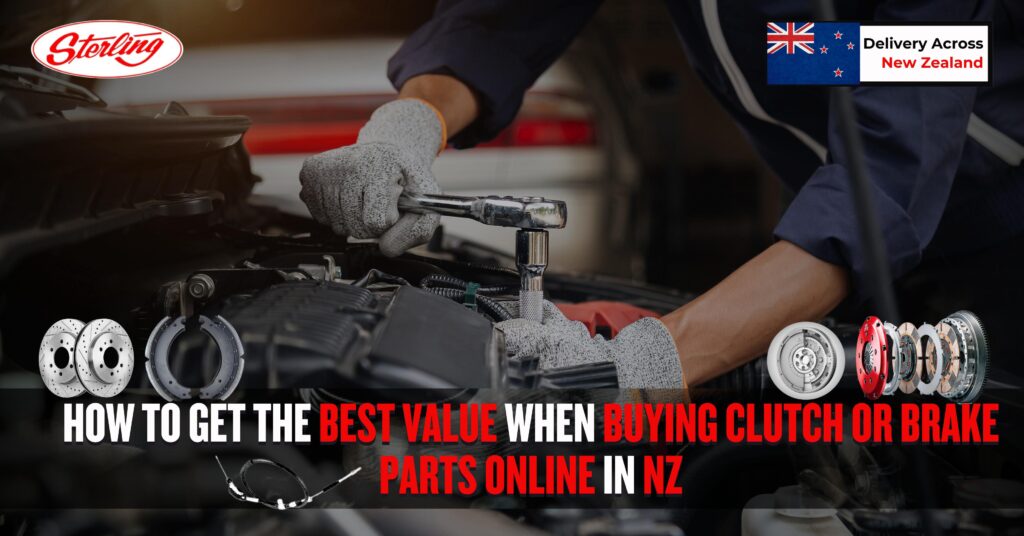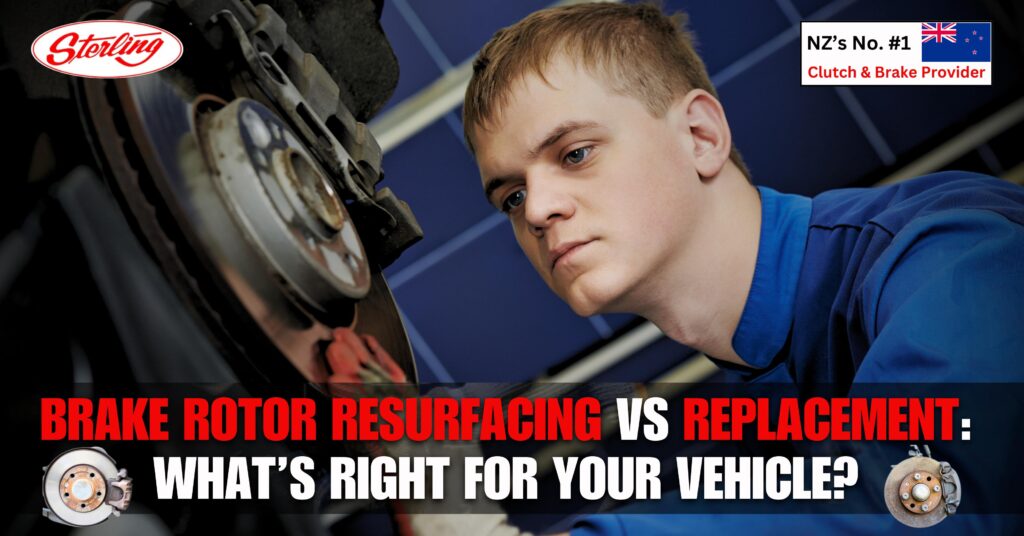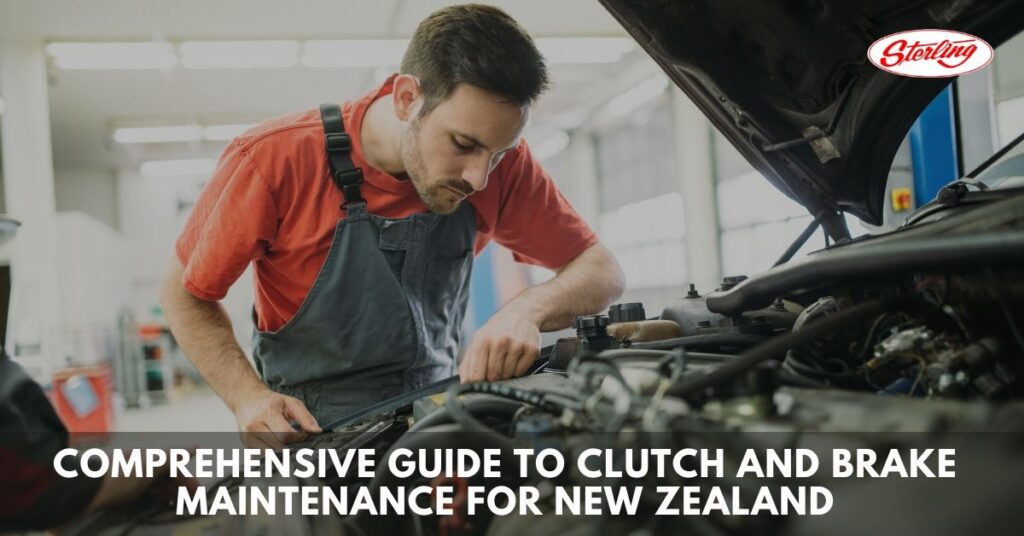How to Get the Best Value When Buying Clutch or Brake Parts Online in NZ
When it comes to maintaining your vehicle, clutch and brake components are among the most crucial for ensuring safety, performance, and reliability. For car owners in New Zealand, buying these parts online can be a smart and cost-effective move—but only if done wisely.
This guide will walk you through everything you need to know about getting the best value when purchasing clutch or brake parts online in NZ, from identifying quality parts to choosing the right supplier like Sterling NZ, one of the country’s trusted names in brake and clutch solutions.
Why Buy Clutch or Brake Parts Online in NZ?
The online automotive parts market has grown significantly in New Zealand due to its convenience, broader range of choices, and often lower prices. Some key benefits include:
- Greater product variety
- Competitive pricing compared to physical stores
- Quick access to reviews and specifications
- Doorstep delivery saving time and travel costs
However, the biggest challenge lies in ensuring you’re not sacrificing quality for price. With so many options available, finding the right clutch or brake parts for your vehicle can feel overwhelming.
Step-by-Step Guide to Buying the Right Parts Online
1. Know Your Vehicle’s Requirements
Before you browse any website, you need to know the following details:
- Vehicle make and model
- Year of manufacture
- Engine type and transmission system
- OEM (Original Equipment Manufacturer) part numbers (if available)
These details ensure you purchase parts that are fully compatible with your vehicle.
2. Choose a Trusted Online Supplier
Not all auto part websites are created equal. Look for suppliers that:
- Are NZ-based (for faster shipping and better support)
- Offer verified product listings
- Have good customer reviews
- Provide detailed descriptions and specs
Sterling NZ, for example, specialises in clutch and brake parts in NZ, and offers both premium and affordable options for a wide range of vehicles.
3. Compare Prices and Brands
Once you find the required part, compare:
- Prices from different suppliers
- Warranty coverage
- Return or refund policies
Don’t go for the cheapest part blindly. Look for value instead of just the price tag. Opt for parts that come with warranties and customer support.
4. Check Compatibility Tools
Many reliable online stores provide compatibility checkers. Use these tools to ensure the part fits your specific vehicle make and model. If unsure, call customer service for assistance.
5. Look for Certifications and Standards
Parts should meet local and international quality standards, especially for safety-critical components like brake pads or clutch kits. Look for products that are:
- ISO-certified
- ECE R90-compliant (for brake pads)
- Manufactured by known, reliable brands
Common Mistakes to Avoid
When buying clutch or brake parts online, avoid these pitfalls:
- Assuming all parts are universal: Brake pads, discs, and clutch components vary widely.
- Ignoring return policies: Always read the fine print in case you need to return an incompatible or defective part.
- Overlooking shipping costs: Sometimes low part prices are offset by high delivery fees.
- Skipping customer reviews: These provide real insights about the supplier and product quality.
Why Choose Sterling NZ?
Sterling NZ stands out in the online auto parts space with a strong reputation for:
- Supplying high-quality clutch and brake parts at competitive prices
- Excellent customer service and technical support
- Fast and reliable shipping within New Zealand
- A wide inventory including hard-to-find or specialty parts
Whether you need a full clutch kit or brake rotors and pads, you’ll find both affordability and dependability with Sterling NZ.
Tips for Getting the Best Value
Buy Bundles or Kits
Instead of buying individual components, opt for a complete clutch kit or brake kit that includes all necessary parts. These kits often provide better value and compatibility.
Subscribe to Newsletters
Sign up for newsletters from trusted suppliers to receive updates on discounts, promotions, and new stock arrivals.
Use Discount Codes or Promotions
Check for seasonal sales or discount codes on the website or third-party platforms.
Ask for Expert Advice
When in doubt, talk to a brake or clutch expert. Sterling NZ provides personalised guidance, ensuring you get the right fit for your vehicle.
FAQs
Q1: How do I know if a clutch or brake part is genuine?
Look for brand names, part numbers, certifications, and trusted suppliers. Avoid vague listings or parts with limited product information.
Q2: Is it safe to buy auto parts online in NZ?
Yes, provided you choose reputable suppliers like Sterling NZ. Always verify the part’s compatibility and check customer reviews.
Q3: Can I install clutch or brake parts myself?
If you’re experienced, yes. But most brake and clutch installations should be done by qualified mechanics for safety and performance reasons.
Final Thoughts
Buying clutch or brake parts online in NZ can be both budget-friendly and efficient if you follow the right steps. Focus on compatibility, quality, and supplier credibility to ensure you’re getting the best deal without compromising safety.
Whether you’re looking for heavy-duty components for a 4WD or affordable solutions for your daily driver, Sterling NZ offers a complete range of products tailored to New Zealand roads and vehicles. Visit Sterling NZ today and shop with confidence.
How to Get the Best Value When Buying Clutch or Brake Parts Online in NZ Read More »
 NZD
NZD
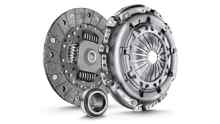
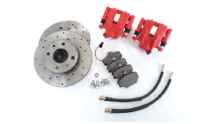
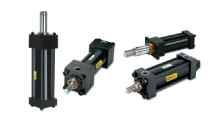
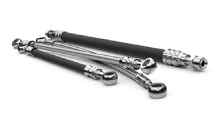
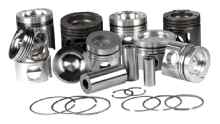
.jpg)
.jpg)
.jpg)
.jpg)

.jpg)
.jpg)


